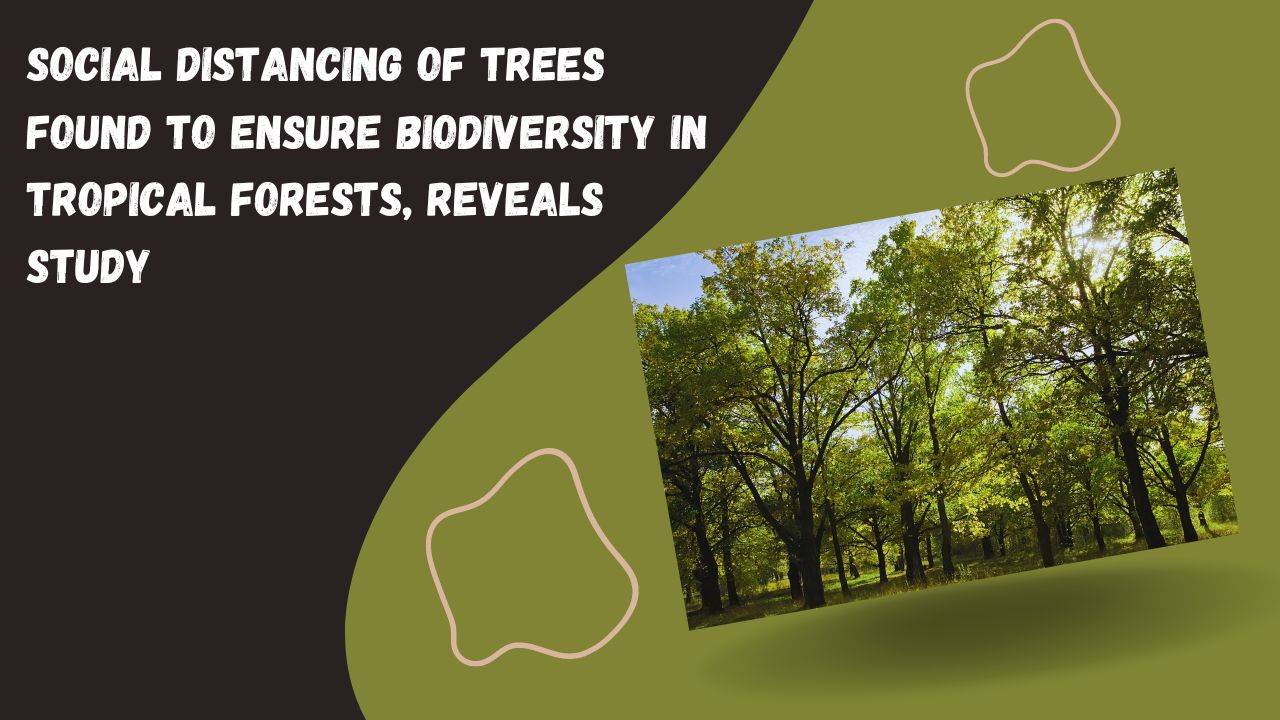
Drawing from a recent study conducted in a Panamanian forest, the notion of tropical trees practicing a form of "social distancing" for the sake of biodiversity might not hold true.
The study, which was published in the journal Science, involved a combination of computational modelling and data collected over three decades.
Remarkably, the research demonstrated that mature trees within this Panamanian forest were maintaining distances from other trees of the same species that were three times farther than expected.
This investigation took place within a forest research area situated on Barro Colorado Island in the Panama Canal, an ecological site under study for a century by the University of Texas in Austin. The study unearthed a surprising pattern: the gap between adult trees of identical species exceeded the typical distance covered by their seeds. The only possible explanation is that this behaviour serves to hinder young trees from establishing growth close to their parental counterparts.
The computational models employed in the study unveiled a fascinating revelation: the negative impact caused by the members of the same species on each tree species far outweighed the influence of other distinct species. This challenges the conventional notion of "birds of a feather flock together."
The reason behind this discrepancy lies in the shared vulnerabilities of individual trees of the same species to common adversaries, such as fungi and insects. These natural adversaries accidentally create space for the expansion of other species around each tree, fostering an environment of diversity where no single species can dominate.
In a sense, the phenomenon observed in these trees can be likened to a form of protective "social distancing," protecting them from the pathogens carried by their own species members. As humanity grapples with another wave of mass extinction primarily attributed to human activities, this study possesses the potential to bridge the gap in conflicting theories concerning the shaping of forests.
Furthermore, it offers invaluable insights into the dynamics of tropical forests and the evolutionary track of the trees that inhabit them.
















